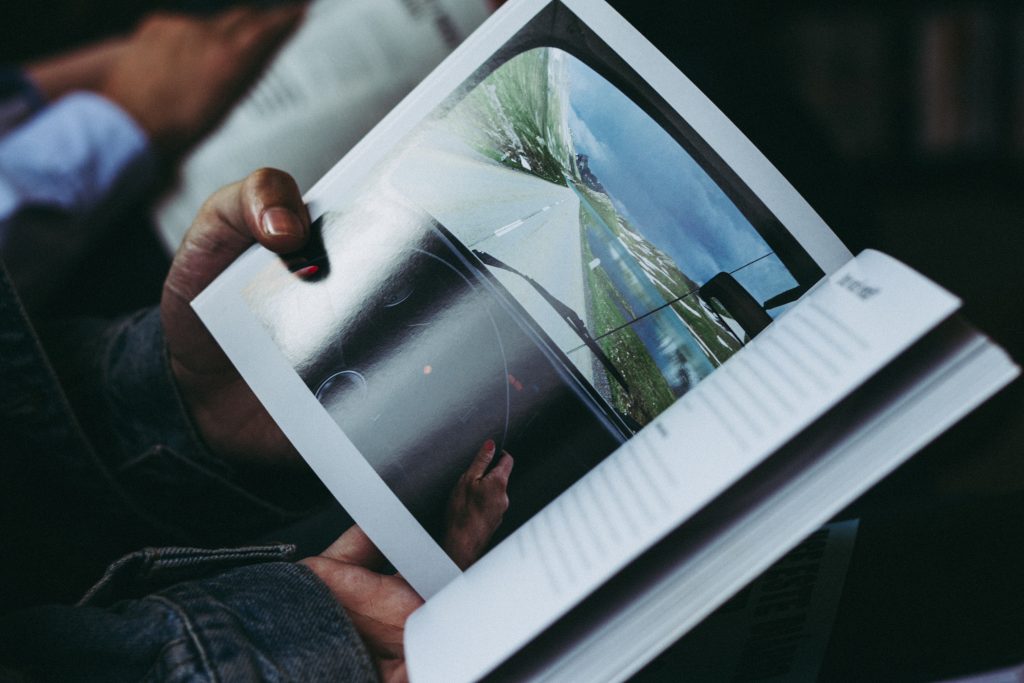
When I was in college, one of my classmates was a guy named Brian. I remember that Brian did everything online. He bought his clothes online before most people would even think about it. He was an early Facebook user while most of us were still figuring out MySpace. He purchased his groceries online long before COVID made that the thing to do. Brian did everything online. Everything. One other thing I remember about Brian – he was nearly completely blind. One thing that helped Brian out considerably when he does things online, is the image alt tag.
The image alt tag is the alternative text for that image. It describes what that image is. Simply put, if a user can’t see the images on our websites, their screen reader programs will be able to read off the alt tags to help provide a reference of what the photo is. Some people have a crazy idea that the alt tag is for Google and search engines. Let me be crystal clear on this – the alt text is for users with visual disabilities first and foremost. The alt text is there to make our websites as user friendly and accessible by as many people as possible. It doesn’t take more than a few seconds to fill out the alt text for an image and provide the description of what is happening.
 When you’re entering the text for the alt tag, if you can, use a keyword. Yes, having the alt tag filled out with keywords can be helpful from an SEO standpoint, but it is a distant second compared to making the site user friendly. It is one more chance to help spell out to Google what the keywords for the page are. Not just that, but it’s that extra step of work that Google likes to see. As site owners, if we take the time to provide quality alt text that can explain the image, and not game the search engines, we increase our chance of getting a better search ranking. Again I cannot stress this enough – the alt text is for users with visual disabilities first.
When you’re entering the text for the alt tag, if you can, use a keyword. Yes, having the alt tag filled out with keywords can be helpful from an SEO standpoint, but it is a distant second compared to making the site user friendly. It is one more chance to help spell out to Google what the keywords for the page are. Not just that, but it’s that extra step of work that Google likes to see. As site owners, if we take the time to provide quality alt text that can explain the image, and not game the search engines, we increase our chance of getting a better search ranking. Again I cannot stress this enough – the alt text is for users with visual disabilities first.
As I mentioned, including a keyword in your alt text, if it makes sense, can help your search ranking. But like so many other black hat seo tactics, if you are attempting just to game the search engines, they will sniff it out from a cyber-mile away and your site will suffer the consequences. Simple stuffing the alt tag with your main keywords and your company name likely won’t provide much to a user with visual disabilities. Simply explain the photo in a few short words and include a keyword if applicable. If there is no way to really work in a keyword, it might pay to ask if the question is really needed or if it’s the best photo available for the page. If a keyword for the page doesn’t fit in the photo, that might be a good indication that you aren’t using the right photo for that page and for the users, whether visually disabled or not.
The alt tag is an incredibly important part of the images in website design. For users with any visual disability, it can make our site so much more welcoming and engaging. A site that is more user friendly and engaging tends to equal better conversion rates and successes. Whether we are selling clothes, groceries, or offering a cool social network, we never know exactly the abilities our users will have. Taking the extra time to fill out simple things like alt text, can mean all the difference in the world to users like Brian. Let me reiterate one more time: alternative text is for users with visual disabilities first, search engines come in at a distant second.
